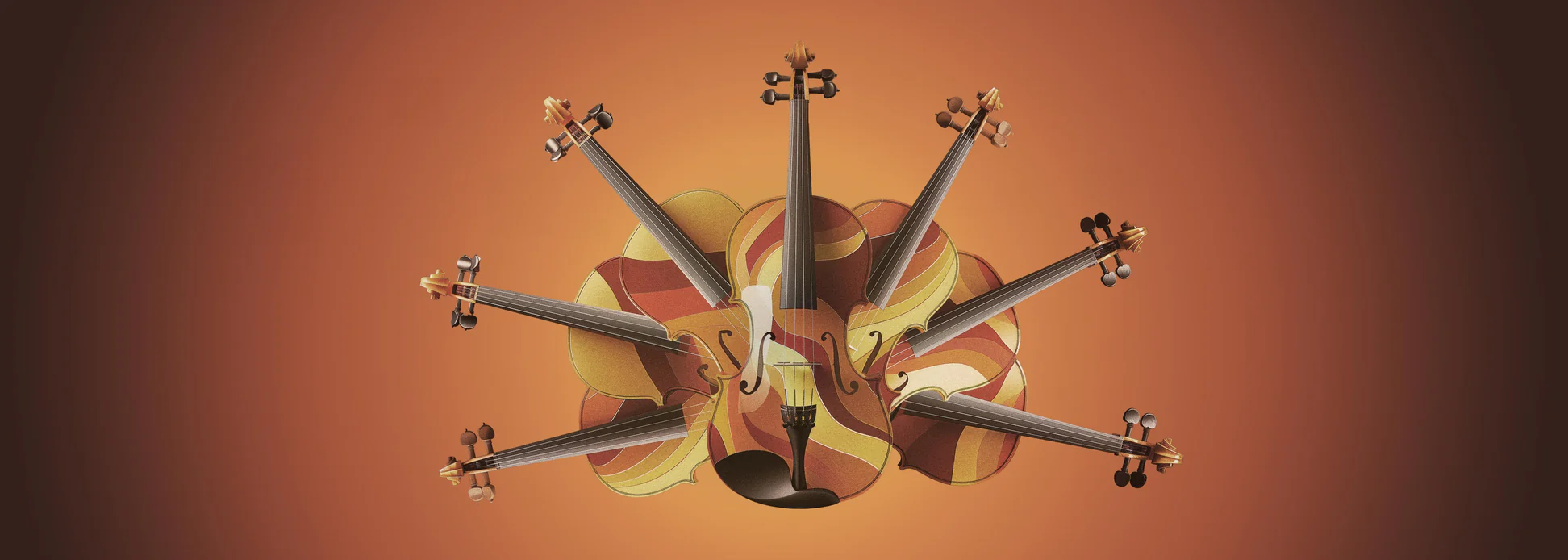Bass Guitar: The Foundation of Rhythm and Groove in Modern Music

Introduction: Understanding the Role of the Bass Guitar
The bass guitar is one of the most essential instruments in modern music. While it may not always take the spotlight, its deep, rhythmic tones form the backbone of nearly every genre—from rock and jazz to pop, funk, and hip-hop. Whether used on stage or in the studio, the bass guitar anchors the rhythm and supports both the drums and harmony.
In today’s music production world, especially with the availability of virtual instruments, understanding the function and versatility of the bass guitar is more important than ever. This blog will explore what makes the bass guitar so crucial, the different types available, and how producers can integrate it into their workflow using tools like Soundpaint’s bass instrument libraries.
What Is a Bass Guitar?
A bass guitar is a stringed instrument similar in appearance to a regular guitar but designed to play lower-pitched notes. Most bass guitars have four strings, though five- and six-string variations are also common. It is typically tuned an octave lower than a standard guitar and plays a supportive role in a musical arrangement.
The bass guitar helps tie the drums and melody together, maintaining the rhythm while also adding musical depth. In many songs, the bassline not only supports the harmony but also carries the groove, making it a key element in creating a compelling musical foundation.
Types of Bass Guitars
Bass guitars come in various forms, each suited to different musical styles and playing preferences. Below are the most common types:
1. Electric Bass Guitar
This is the most widely used type. It requires an amplifier to be heard and is found in nearly all modern music genres.
2. Acoustic Bass Guitar
Featuring a hollow body, this type can be played without an amplifier. It produces a softer, more natural sound, ideal for acoustic sessions and folk music.
3. Fretless Bass Guitar
Unlike the traditional bass, the fretless bass allows for smooth transitions between notes, offering a more expressive and fluid tone. It's often used in jazz and fusion music.
4. Short Scale Bass Guitar
Smaller in size, these are easier to play and are often recommended for beginners or those with smaller hands.
Each type has its unique characteristics, but all serve the same core function: maintaining rhythm and enhancing the song’s structure.
Why the Bass Guitar Matters in Music Production
In music production, the bass guitar plays a subtle yet vital role. Without it, many tracks would feel empty or lack movement. Here’s why it matters:
-
Harmonic Support: The bass guitar often outlines the chord progression by playing the root notes of each chord.
-
Rhythmic Drive: It works closely with the drums to create the groove, helping listeners feel the rhythm.
-
Dynamic Control: Bass parts can help build or release energy in a song, guiding transitions and adding tension or resolution.
Whether you're composing pop, scoring for film, or producing electronic music, a well-placed bassline can shape the entire feel of your track. Disco strings often include stabs, swells, and fast rhythmic patterns.
Using Virtual Bass Guitars in Production
Modern producers often use virtual bass guitars, like those available at Soundpaint, to add realistic and expressive bass parts to their music. These virtual instruments are built from real bass guitar recordings and are designed to be played via MIDI keyboards or programmed in a DAW.
Advantages of Virtual Bass Guitars:
-
Realistic Sound: Captured from high-quality instruments with professional players.
-
Easy to Use: Integrates seamlessly into music production software.
-
Cost-Effective: No need to own or record a physical bass guitar.
-
Flexible Styles: Switch between fingerstyle, slap, pick, or synth-style bass with ease.
At Soundpaint, the bass libraries are carefully recorded to ensure depth, clarity, and realism—perfect for any genre or project.
Tips for Writing Effective Basslines
Creating strong basslines doesn’t require complex theory. Follow these tips to build solid foundations in your tracks:
-
Stay with the Drums: Match your bass rhythm with the kick drum to create a strong groove.
-
Keep It Simple: Repetition and simplicity often work best.
-
Use Space Wisely: Silence between notes can be just as powerful as the notes themselves.
-
Follow the Chords: Root notes and fifths are safe starting points in most progressions.
With practice, you’ll learn how the bass guitar can guide the direction of a track and shape its emotional tone.
Conclusion: The Value of the Bass Guitar in Every Composition
The bass guitar is more than just a background instrument—it’s the musical glue that connects rhythm and harmony. Its deep tones and steady pulse are critical in defining the feel and movement of a song. Whether you're performing live or producing in a digital studio, understanding the role of the bass guitar can enhance your music in profound ways.
- AI
- Vitamins
- Health
- Admin/office jobs
- News
- Art
- Causes
- Crafts
- Dance
- Drinks
- Film
- Fitness
- Food
- الألعاب
- Gardening
- Health
- الرئيسية
- Literature
- Music
- Networking
- أخرى
- Party
- Religion
- Shopping
- Sports
- Theater
- Wellness


